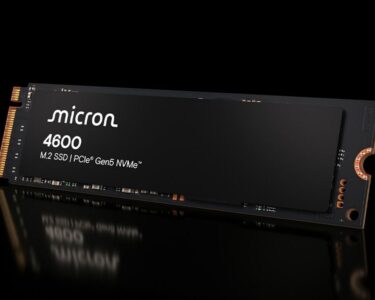Within the dusty cloud left behind by supernova 1987A, the most famous stellar explosion in modern history, astronomers have found compelling evidence for a long-sought neutron star.
NASA’s James Webb Space Telescope has spied indirect hints of a powerful source of X-rays — likely some type of neutron star — coming from the core of the supernova remnant, researchers report February 22 in Science. The findings are part of a 37-year-old quest to determine what happened in the aftermath of the closest supernova in nearly 400 years and could provide insights into how a neutron star behaves mere decades after its birth.
“Supernova 1987A is truly a unique laboratory to study supernovas,” astronomer Patrick Kavanagh said February 17 in a news conference at the American Association for the Advancement of Science meeting in Denver. It’s “the gift that keeps on giving, with new observations continually yielding new discoveries,” said Kavanagh, of Maynooth University in Ireland.

On February 23, 1987, telescopes around the world got a front-row seat to a spectacular supernova in the Large Magellanic Cloud, a companion galaxy to the Milky Way (SN: 2/8/17). Such explosions occur when a star at least eight times the mass of the sun dies. Located at the astronomically close distance of 160,000 light-years, supernova 1987A, as it came to be known, was visible with the naked eye in the night sky for months afterward. The energetic explosion generated tremendous amounts of neutrinos, a handful of which ended up in detectors on Earth. It was the first time such ghostly particles had been seen coming from beyond the solar system.
Since then, scientists have wondered whether the iron core of the blue supergiant star that led to 1987A collapsed into an ultradense neutron star or shrank all the way down to a black hole. The fact that neutrinos escaped the event favors the neutron star possibility, but whatever was left behind has yet to be spotted. That’s partly because the original star’s outer layers, now traveling away from the explosion at 10,000 kilometers per second, create a thick haze of dust that obscures the area.
Infrared light travels through dust more easily than other wavelengths. So the infrared eyes of the James Webb Space Telescope, or JWST, are well suited to peering into the cloud surrounding 1987A. With JWST, Kavanagh and his colleagues captured light containing signatures indicating the presence of argon and sulfur in the dusty central region. Tellingly, these elements had been ionized, meaning that some of their electrons had been stripped away.
“You need a source of high-energy [X-rays] in order to create these ions,” says coauthor Claes Fransson, an astronomer at Stockholm University. “The question is: ‘What is giving rise to this ionization?’”
The team believes there are two possibilities. Supernova 1987A could have left behind a pulsar, a highly magnetized neutron star that generates powerful beams of radiation, much like the one found in the much closer Crab Nebula, the remnant of a nearly 1,000-year-old supernova (SN: 5/23/22). Alternatively, the X-rays could be coming from an ordinary neutron star, whose newborn surface would blaze at a million degrees Celsius.
“This is some of the strongest indirect evidence suggesting the presence of a neutron star,” says Aravind Pazhayath Ravi, an astrophysicist at the University of California, Davis who was not involved in the work. While it’s not yet a direct detection, it complements previous data gathered by instruments such as the Atacama Large Millimeter/submillimeter Array, he says.
If researchers can directly capture light from the neutron star, they will be able to compare older neutron stars elsewhere in the cosmos to one seen shortly after its birth, giving astronomers insight into the interior structure of such exotic objects. For that, the clouds surrounding 1987A’s remnant will probably have to thin out a bit more, an event expected in roughly the next 10 years or so, Ravi says.
“It’s eventually going to happen that we’ll have the photograph of the youngest ever observed neutron star,” he says.





